Glimpse into Border Force operations in Darwin Harbour, international airport
As drug cartels become craftier, the challenge to protect the nation becomes more difficult. See how Border Force officers operate in the Top End at sea and on land.
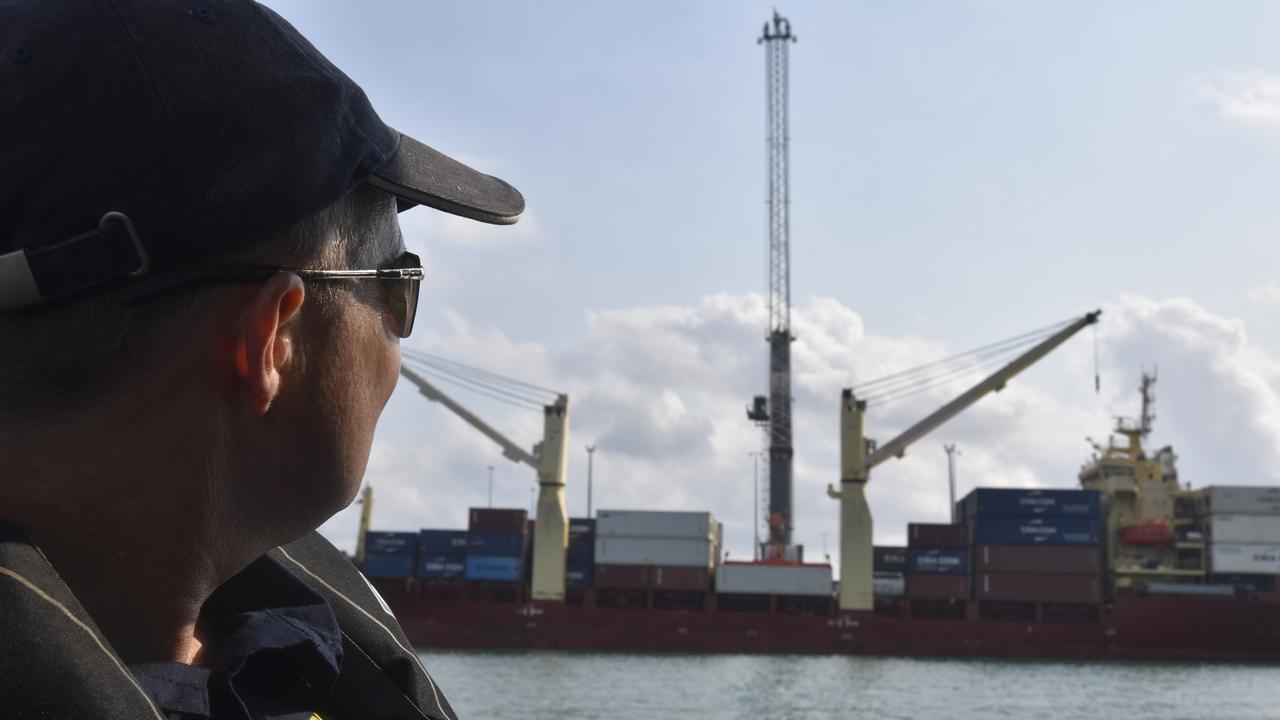
After many years of patrolling its waters, Australian Border Force officers Liam Samuels and Christopher Penrose recognise all the details connected to Darwin Harbour, from the local anglers to the buoys and mangroves.
Sometimes armed with weapons, the pair is paid to scout the waters for any irregularities - foreign vessels, equipment, or suspicious patterns of behaviour.
However, their duties are not restricted to just maintaining a watchful eye.
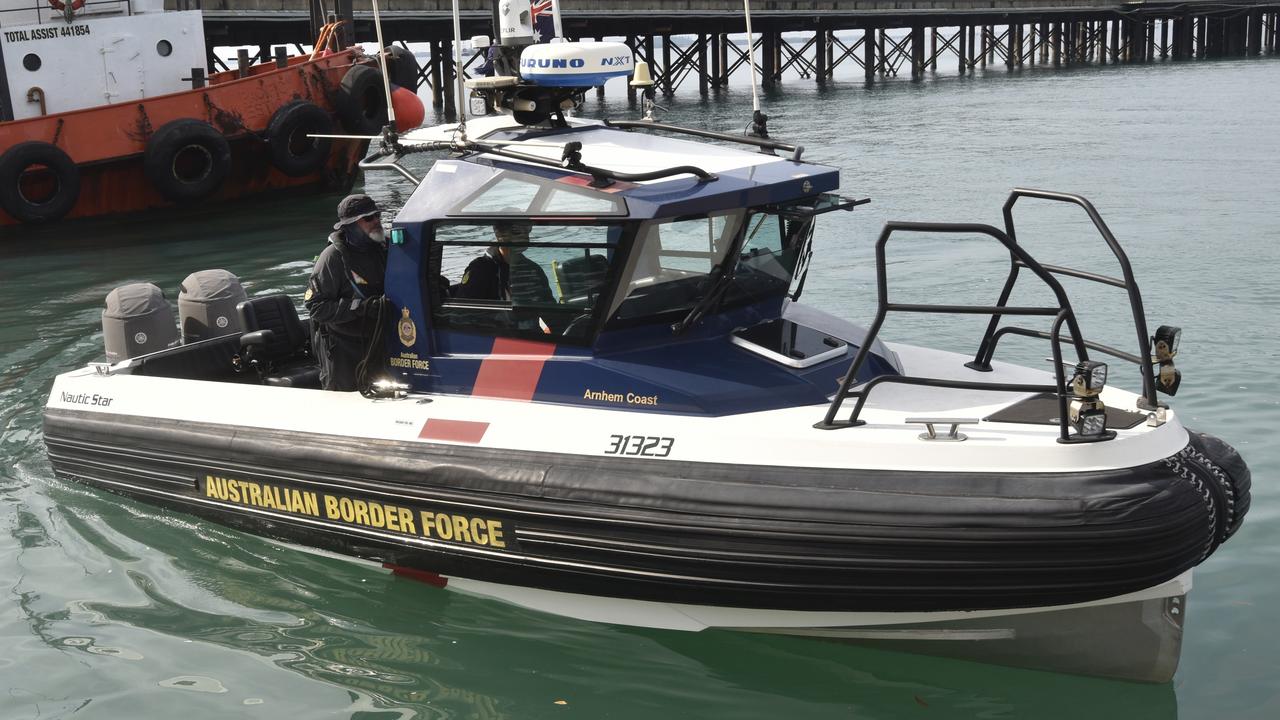
Both men have had more than their fair share of boarding and searching international vessels and dealing with aggressive seafaring foreigners or non-English speaking crews.
Further, both men may be required to partake in the execution of a planned operation, targeting a specific location or vessel, sometimes covertly.
With Darwin often the first Australian city to welcome a vessel into port, the pair’s crucial contribution to national defence is not lost on either man.
“We are a lot closer to Asia than people appreciate sometimes,” Mr Samuels said.
“You’ve just got to look at some of the stuff floating around in the water and washed up on our beaches to see that.
“If we’re close enough for the rubbish from Indonesia to wash up on our beaches, then we’re not far.”
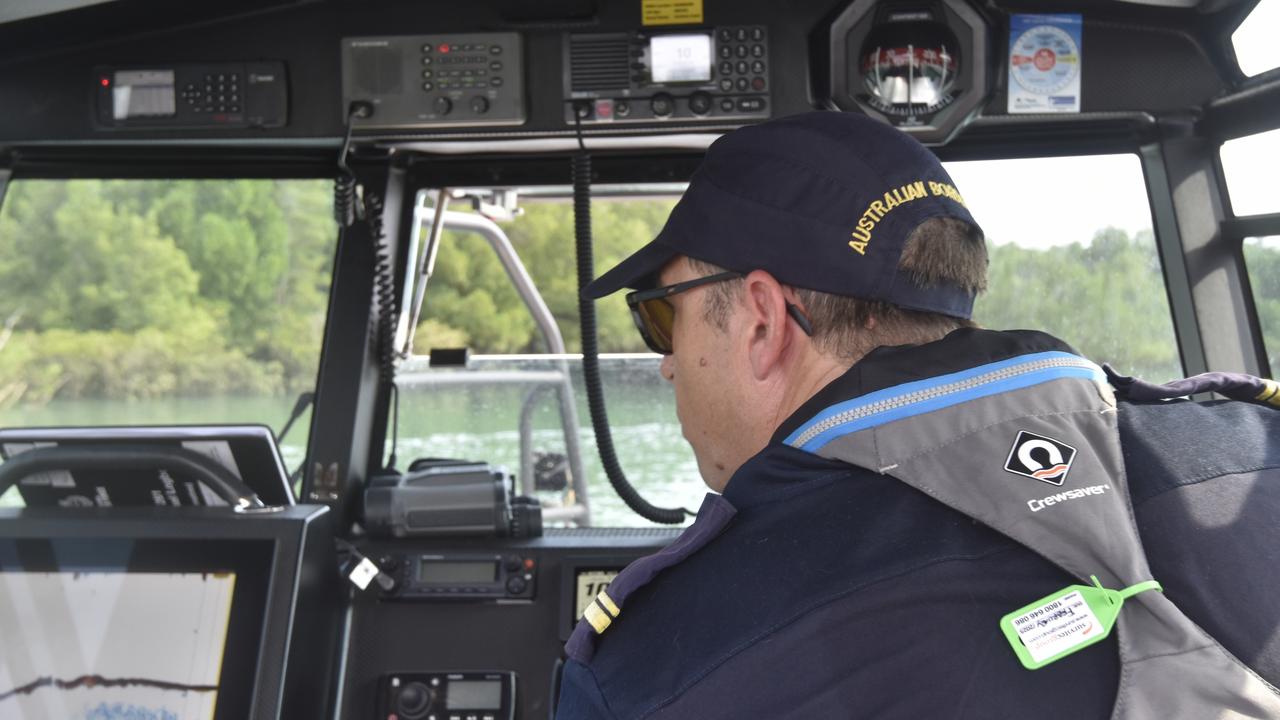
With the Top End’s vast coastline and airspace to protect, Mr Samuels said the Territory’s Border Force personnel had to be a “Jack of all trades”.
“You need to wear so many hats here - in Darwin there’s not many of us and we’ve got a lot to cover,” he said.
“One day you’ll be in the office and the next you’re at RAAF Base Tindal or on a helicopter to a remote community.”
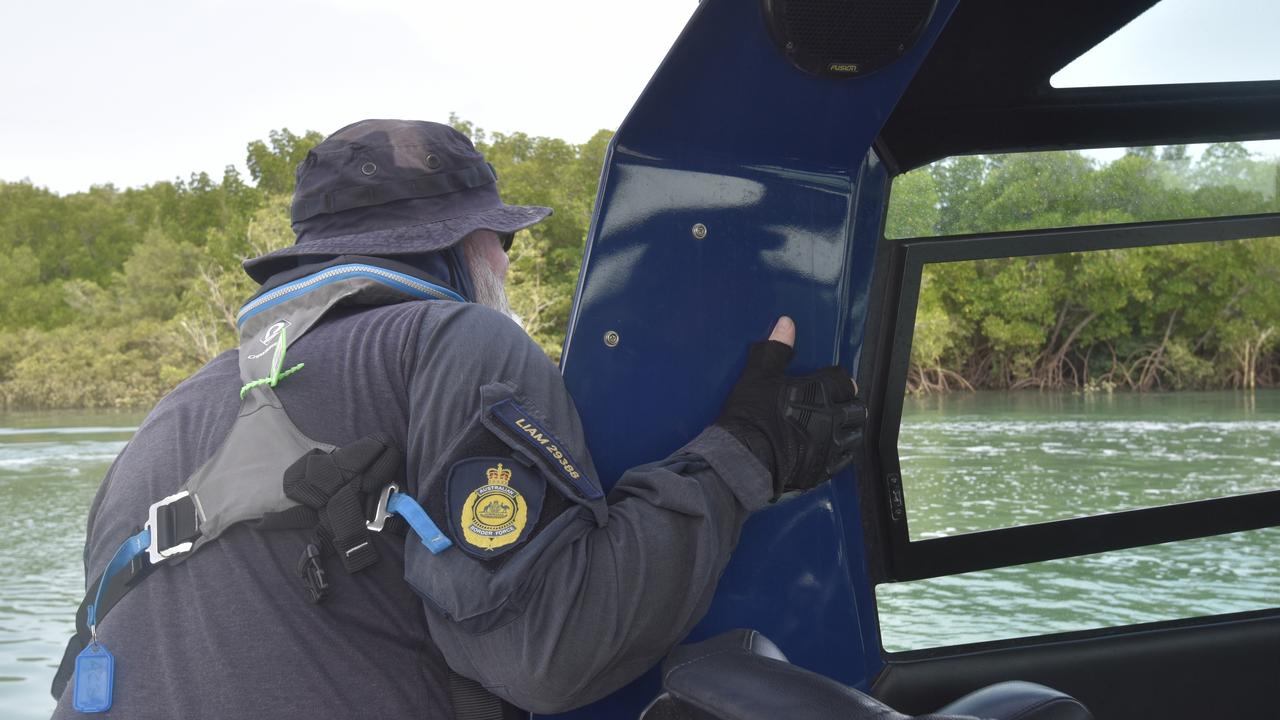
Mr Penrose stressed the importance of community engagement, which extends as far south as the Red Centre.
“We speak to locals regularly and let them know what we’re looking out for,” he said.
“They are our best contacts when it comes to flagging things that don’t look right.”
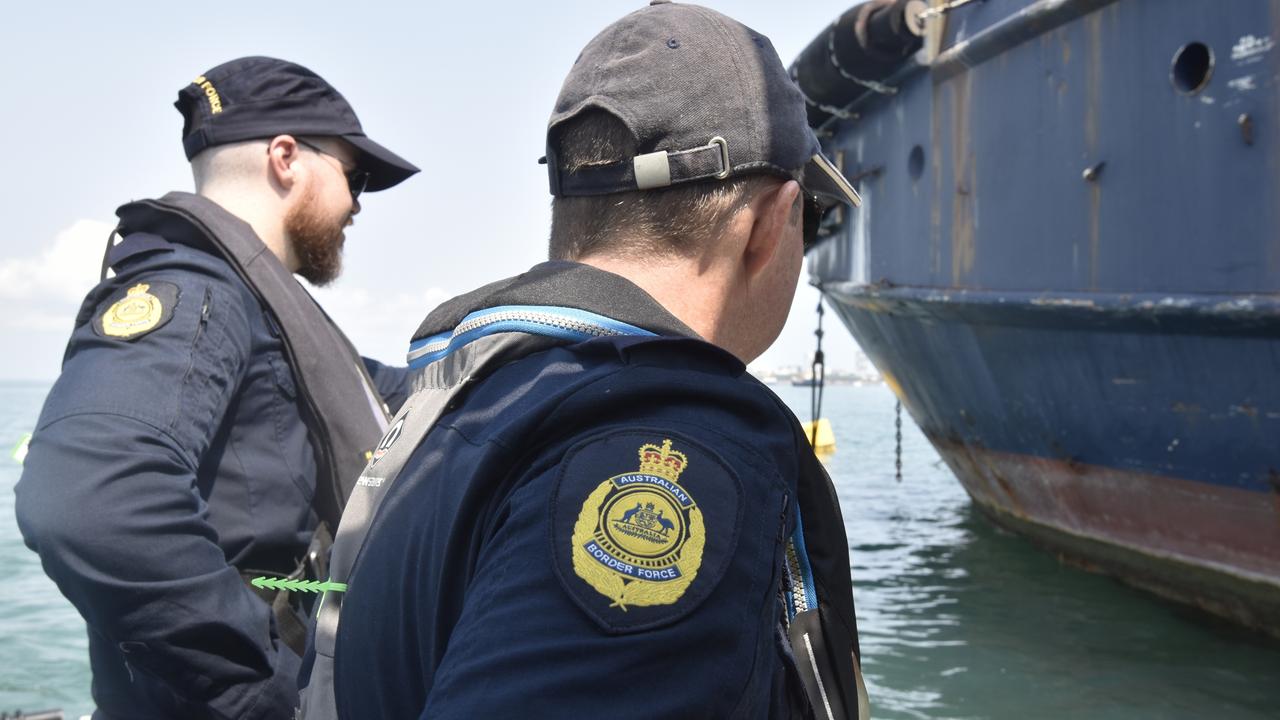
With ABF’s technology and techniques evolving, so too does the craftiness of nefarious organisations trying to infiltrate the country.
On the payroll of drug cartels are expert sea divers, who are employed to stash narcotics on, or within, the hull of ships navigating the world.
The give-away signs are known to local authorities.
“It gets murky in Darwin Harbour but we do get clear days where, if you look down, you can see if there’s been some grinding or paint removed,” Mr Samuels said.
“Or even a change in the sort of marine growth that’s on the vessel below the waterline.”
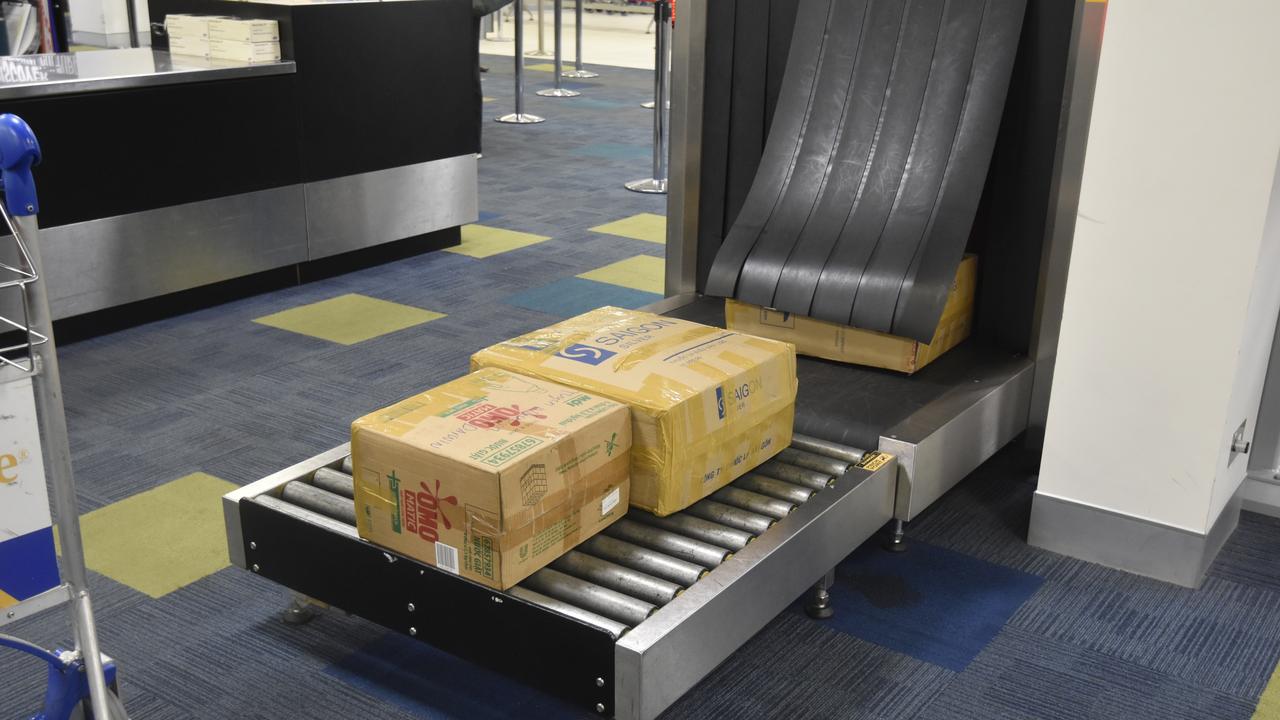
On shore, Darwin International Airport, poses its own dangers.
As hundreds of passengers from Singapore touched down, Inspector Lee Dutton told the NT News their baggage was “only half the story”.
“We take interest in the behavioural characteristics of every passenger we deal with,” he said.
“With experience, you get to know what’s a normal passenger and you look for indicators with every person you have an interaction with.”

Identity fraud and false declarations are among the many dangers ABF’s airport authorities look for among the hundreds who swarm through the gate, eager to break out into wider society.
Mr Dutton said the job required confidence in the face of uncomfortable situations.
“Particularly in heightened situations because people aren’t at their best at the airport, they could be grumpy, tired or sick,” he said.
“From the first person you interact with to the 100th person, you need confidence in dealing with these people.”

For Liam Cuthbert, who joined the ABF via the agency’s Officer Recruit Trainee Program (BFORT), the new career has been particularly rewarding.
Mr Cuthbert, 29, considered legal theory the steepest learning curve.
“The most challenging aspect I found was trying to get my head around all the legislation,” he said.
“But the good thing is if we can’t remember a certain piece, then we know where to look - the federal register.”
Mr Cuthbert said he was surprised by how many teams operated within the ABF.
“At first I wanted to be in the dog squad, then I thought I’ll work remote, then immigration - there are many options, almost too many.”
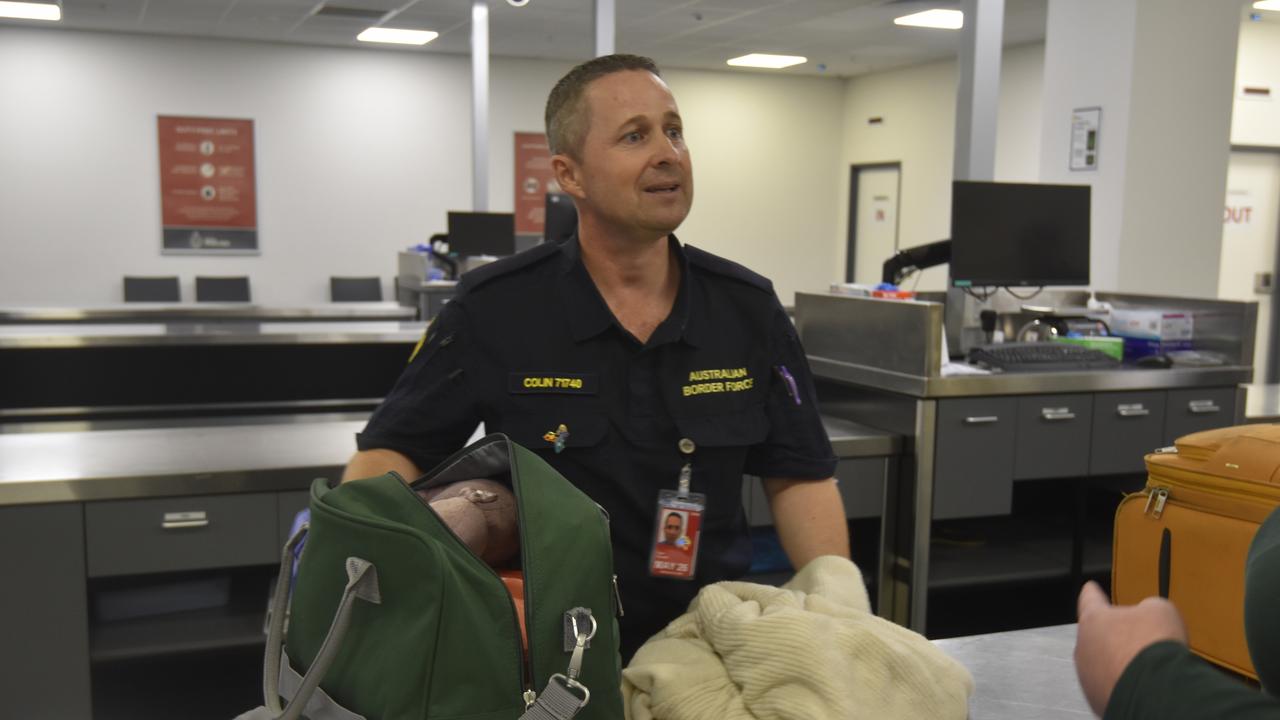
His peer, Colin Stuart, joined the force as a mature-aged recruit with a background in landscaping.
“I thought it would be an interesting job and it really is challenging and quite exciting,” he said.
“The support you get is immense, so you pick up a lot of complex things quickly.”
Despite being just months into their new careers, both men have gained plenty of real-life experience through their on-job-training, which has involved time at sea and on land.
“You realise how much you’ve learned when you’re actually on the job,” Mr Stuart said.
“You know what your powers are, you know the rights of passengers and the process that ensures nothing gets through that shouldn’t be in the community.”
Mr Stuart said he hoped to continue working in immigration, dealing with personalities.
“I like working with people, especially from a different country,” he said.
“Ultimately our main job is to protect the community and I think if you love this country that’s what you want to do - this is why I chose this job.”
For information on a career in the ABF, visit https://www.abf.gov.au/about-us/careers/a-career-with-us/entry-level
More Coverage
Originally published as Glimpse into Border Force operations in Darwin Harbour, international airport





